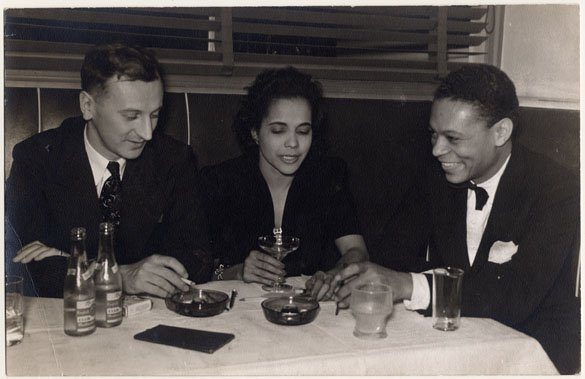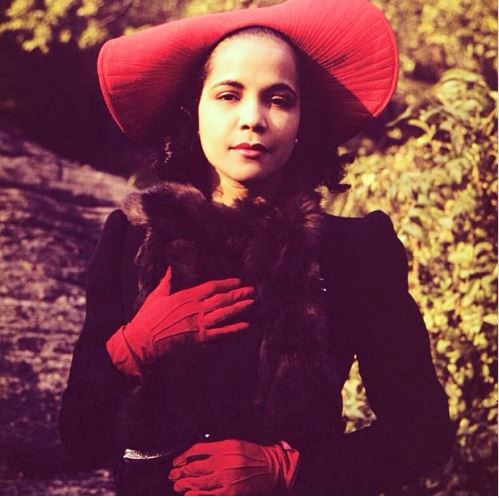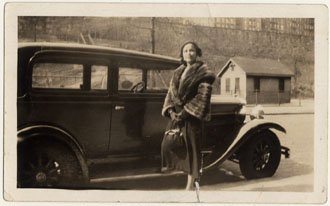“…at all the Broadway first nights, a party was not a party, a place not a place, without Blanche.” – Richard Bruce Nugent, popular queer writer and painter in the Harlem Renaissance.
The African American arts and culture took a huge leap during the Harlem Renaissance when African American creatives of all kinds came together in Harlem, New York, to work at the progress of their craft and see to it that their works were being consumed by all and not just their very own.
By 1920, the movement had taken the world by storm and brought black art, literature, music and everything creative to the front seat having influence over several other cultures.
While this was a great development in the African American history, several creatives

When several African Americans left, Blanche Dunn, who was by then a 15-year-old beautiful young lady with dreams of becoming a movie and music star moved to America and settled in
Originally from Jamaica, Blanche was born in April 1911 at the time when several people from the had Caribbean relocated to Europe or other parts of the world for a better life. Young people from the Caribbean left their home country very young with dreams to make something better of themselves and Blanche was no exception.

On arrival in Harlem, Blanche’s innocent but appealing looks and personality soon made her known as the popular sweet girl from Jamaica among the black community in Harlem and New York.
It was not until long that the white community also began to hear about her gaining the attention of the men and the hatred of the white female celebrities.
According to the book, Black Women of the Harlem Renaissance Era, in 1926, Blanche caught the attention of fashion designer Wilder Gunn who took interest in her and took her and taught her the ins and outs of fashion and being a lady.
She was very eager to learn and it wasn’t until long that Blanche began to turn heads and become a fashion icon gaining the attention of several white publicists and photographers including the very popular Carl Van Vechten.

By 1930, Blanche had become a household name in New York in both the black and white community taking her place as a socialite and fashionista. Her popularity earned her a role in musical stage play Blackbird in which she exhibited both her acting and singing skills. In 1933, she got a small role in the movie Emperor Jones.

Blanche lived by accepting invitations to parties, events, launches and programs where her presence assured their success. She hardly paid for anything and was sought by some of the richest young bachelors of the time.
An article that featured the socialite said:
She knew everyone, and when they came to Harlem, they all (everyone) looked for her. A party was not a party, a place not a place without Blanche. Her popularity opened doors for her in Harlem, and being on the right side of these Harlem doors opened yet more white doors to her. The snowball of her popularity grew, as did the numbers of her admirers, the greatness of their names, the lavishness and extensiveness of their expenditures, the expensiveness of her wardrobe, the autocracy of her charm. There was always a table reserved for her at the ‘Hot Cha,’ one of the more popular speakeasies in Harlem, for the Italian management soon recognized the fact that most people wanted to see her around.
During the great depression in the USA, Blanche went on a 9-month pleasure trip to Europe often spotted in Paris buying the finest things and being photographed. Not long after returning to the USA, she met Marion Bar ‘Joe’ Carstairs, a British oil magnate and speed boat champion who she dated and moved to the Bahamas, specifically Whale Cay, a private island where the two partied with other rich people such as the Duke and Duchess of Windsor.

As the Harlem Renaissance began to fade away, Blanche settled down, got married and moved to Capri where she lived with her husband.
Nothing is known about her life after marriage or even about her death, but the socialite fashionista who moved from Jamaica to have the best of lives will always be remembered for her delightful brown complexion, the regal balance of her well-shaped head upon a slender neck, and her personality which mesmerized everyone.











